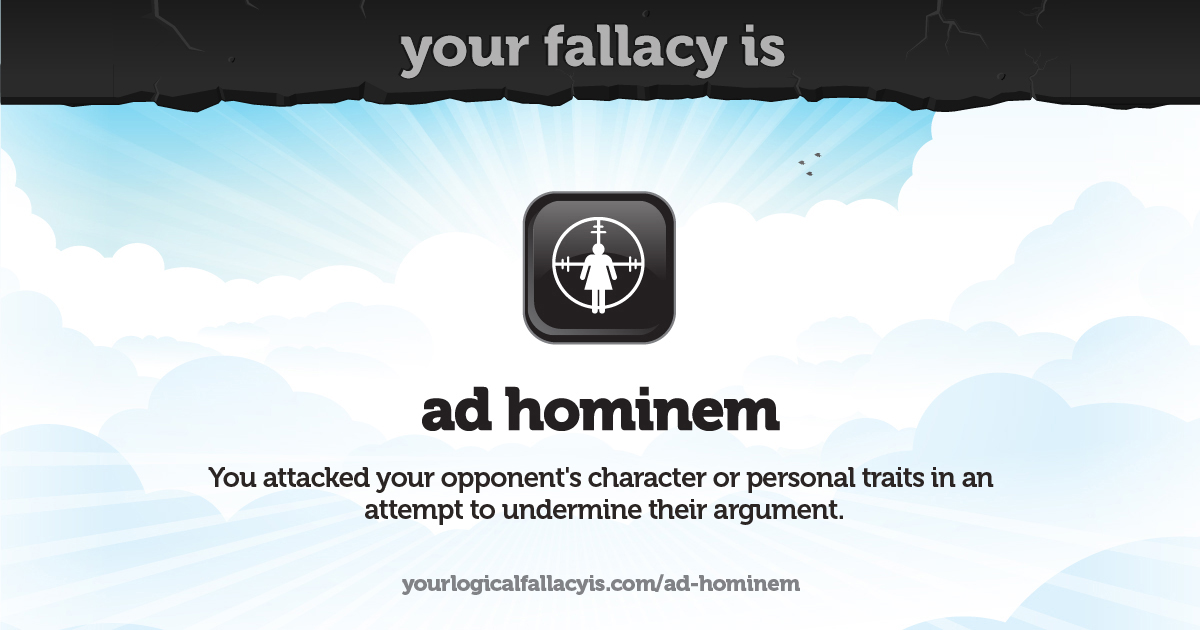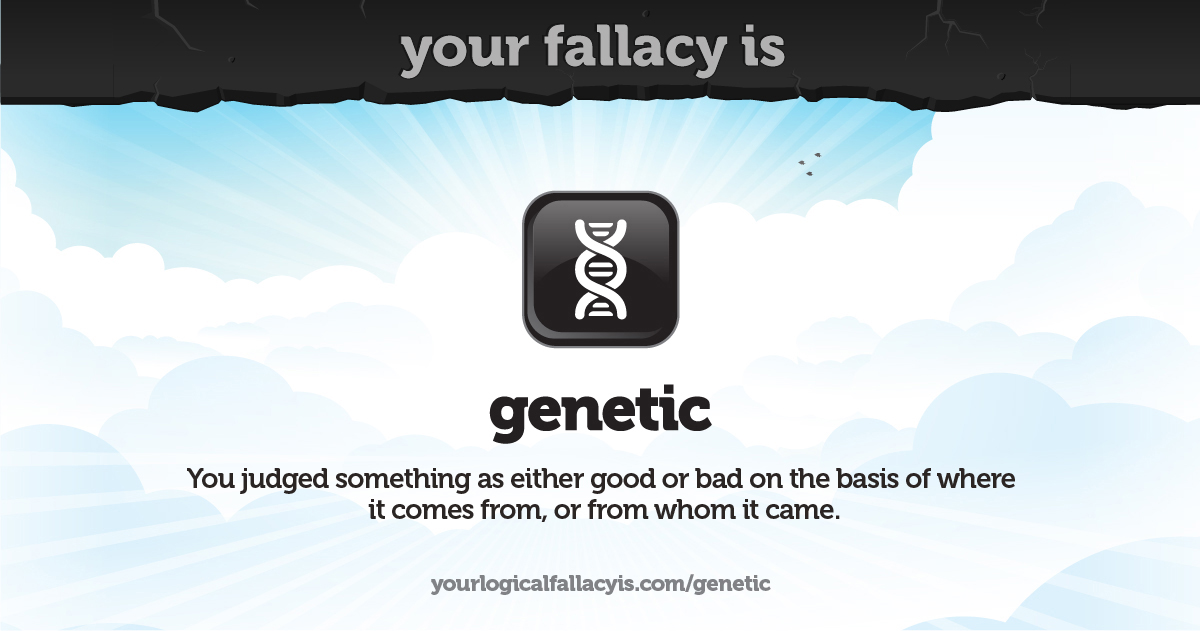Yes lets be clear - I support youth soccer period. I also prefer 501C over a for-profit when it comes to using public parks or schools. I can care less if it helps or hurts CUP, Lakota, CWSC, FOSC, CUSA, or anyother club to be honest. I stopped caring what a club and people on her thought of my opinions years ago and I have been much happier since. I have coached in several clubs from the west side of town to the east side becasue I have been asked to I didnt go hunting them out. I dont do it for the money and I am actually no longer paid for what I do because to be honest I dont want to be. I coach because I enjoy it.
A 501c should IMHO be treated differently for many reasons but the main one to me is what their actual driving force is. A for-profits driving force is to make MONEY period. I work for a company owned by a fiancial investors that cares less about what we sell or to whom but instead wants to only see a profit. I am interested though in your remark about CUP allegedly not following the spirirt of a 501c and being fake. Please enlighten us all more and I assume you mean the samething toward other clubs also.
As for CU's JR's program it is vary different than what Kings Hammer is offering and I suggest you look it up and compare the two programs. You also may want to know that CU also offeres programs where some of our coaches work with SAY and other Rec organizations for free if they ask for it. There is no charge for that - but that what non-profits do vs a for-profit.
Lastly I notice you seem to believe you know who I am which means you have actually spent time trying to find out. I am truly flattered that you care so much. I do not care who anyone on here really is to be honest including you. I do know a few people only because in the real world we have talked and they have asked me and told me their Yappi name which many times I dont remember 5 minutes after they told me because as I said I dont care! Again I am flattered that you are taking the time to try and find out and care.
The distinction between a non-profit and a for-profit soccer club is artificial. To be a non-profit, the entity has to raise money and pay expenses for its mission. So, they can pay employees, but they can’t pay their donors or founders. Importantly, they don’t pay taxes on profits earned. In practice, a non-profit soccer club is run the same way as a for-profit soccer club. Both entities charge fees for the service they provide, and the services and fees are virtually identical.
The operating model is the same for both entities. They charge fees or dues. They use those fees to secure field space for practices and games, hire coaches, pay league and referee fees, membership dues in Ohio South, and assorted overhead expenses. Long-term survival for both entities favors clubs that are able to post profits at the end of the year (break-even at a minimum). The difference between the two is that a non-profit is forbidden from dispersing those profits to its donors or founders; whereas a for-profit could disperse profits to its owners.
As for the CU comparison, it is important to note that CU, a non-profit, is profitable. For its tax year ending June 2019, CU had revenue of $3.2 Million and a profit of $290,000. It’s total assets were $3.0 Million and total liabilities were $1.1 Million; with a Net Worth of $1.9 Million (since CU is non-profit, it’s tax returns are online). This is not a club that is hurting financially.
The real issue is not that there should be different field space rental rates for non-profit versus for profit clubs. Rather, it is about big club versus small clubs. CU is a financial juggernaut. It’s size gives it an economy of scale benefit that translates into an ability to generate profits year-over-year. This enables it force out the smaller clubs. So, another way to think about this is that big clubs like KH and CU should be charged more for the same space because they can afford it.
As for the comparison between CU (a non-profit) and KH (a for-profit), they are both large profitable clubs (in 2017 before KH became a for-profit club, it had revenue of $3 Million and a profit of $90,000). The difference is that CU appears to be more profitable and does not have to pay taxes. To me, it looks like CU is hiding behind it’s non-profit status.




